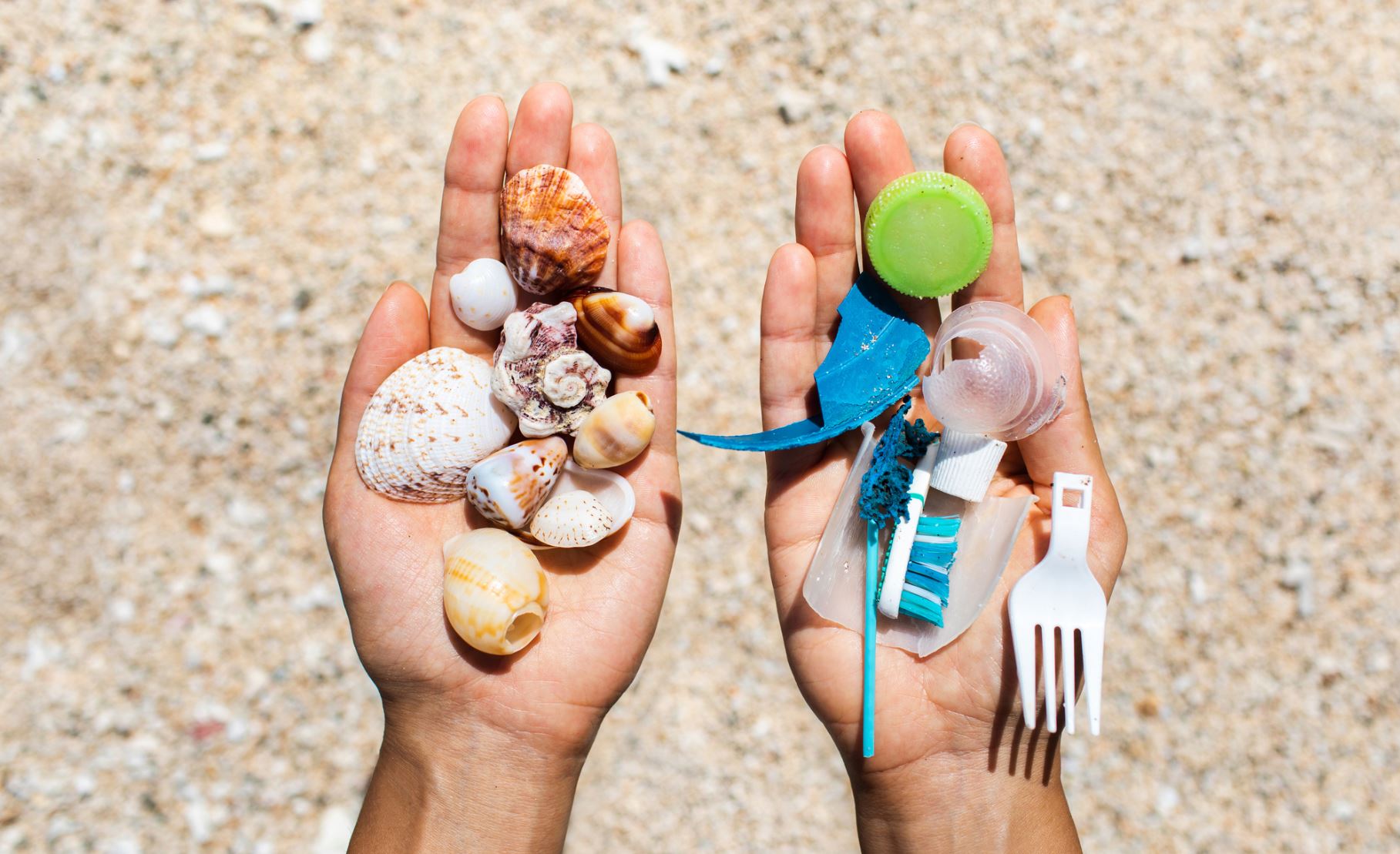
Plastic pollution has been recorded in eight freshwater streams running into Gulf St Vincent, confirming the regular flow of microplastics into local marine environments – and the need for better waste management systems.
The Flinders University study found microplastics comprising textile fibres (72%), fragments (17%) and cosmetic beads (8%) in samples from the seven major catchment areas in metropolitan Adelaide – Onkaparinga River, Pedler Creek, Christie Creek, Field River, Sturt River, Brownhill Creek, Torrens River – and Magazine Wetland at an average abundance of 6.4 ± 5.5 particles a litre, ranging from 1.2 to 30 particles at different locations.

“With up to 80% of all marine plastic pollution coming from land-based sources, our study raises concerns about the ongoing effects of increased microplastics in coastal waters,” says Professor Sophie Leterme, from the Institute of NanoScale Science and Technology at Flinders University.
“Decades of poor waste management has underpinned mass plastic pollution around the world, and this study confirms the presence of microplastics in all the studied freshwater streams in Adelaide.”
As well as freshwater streams, researchers point out that stormwater runoff, wastewater treatment plant discharge and atmospheric transport are other pathways in which microplastics move from land to coastal marine environments – where human food sources are much sought after by commercial and recreational fishers.
While better waste management is essential to reduce breakdown and release of plastics to waterways, the Flinders scientists noted waste management facilities are located within 1km of the Pedler, Onkaparinga, Christie, Brownhill and Magazine waterways. The downstream sampling also led to counting of microplastics in the size range of 20 μm–5 mm, a larger size range of microplastics than some other studies.
“This study provides a baseline understanding of the microplastic load entering the Gulf St Vincent, and hopefully this will be a beneficial step in the process to understand the impacts microplastics are having in the marine waters of our state,” says co-author Elise Tuuri, from the Plankton and Marine Microbiology Lab at Flinders.
High and low seasonal water flows should also be considered in future waste management programs, the Flinders University article published in Science of the Total Environment concludes.
Plastic accounts for 85% of all marine litter. The UN Environment Programme (UNEP) predicts that the amount of plastic in the ocean will nearly triple by 2040, adding 23 million to 37 million tonnes more waste every year.
“The vast majority of mismanaged plastic waste that originates on land eventually ends up in rivers and is churned out into oceans,” says Steve Fletcher, who studies ocean policy and economy at the University of Portsmouth, UK, and works with UNEP on plastic issues.
The cost of plastic pollution to society – including environmental clean-up and ecosystem degradation – exceeds US$100 billion a year, according to the philanthropic Minderoo Foundation in Australia.
The article, Microplastics in urban freshwater streams in Adelaide, Australia: A source of plastic pollution in the Gulf St Vincent (2022) by Sophie C Leterme, Elise M Tuuri, Woody J Drummond, Russell Jones and Jason R Gascooke, has been published in Science of the Total Environment DOI: 10.1016/j.scitotenv.2022.1
Also see the Flinders University review article: Microplastics in biosolids: A review of ecological implications and methods for identification, enumeration, and characterization (2022) by Anggelia Essi Christian and Ingo Köper published in Science of the Total Environment DOI: 10.1016/j.scitotenv.2022.161083.

